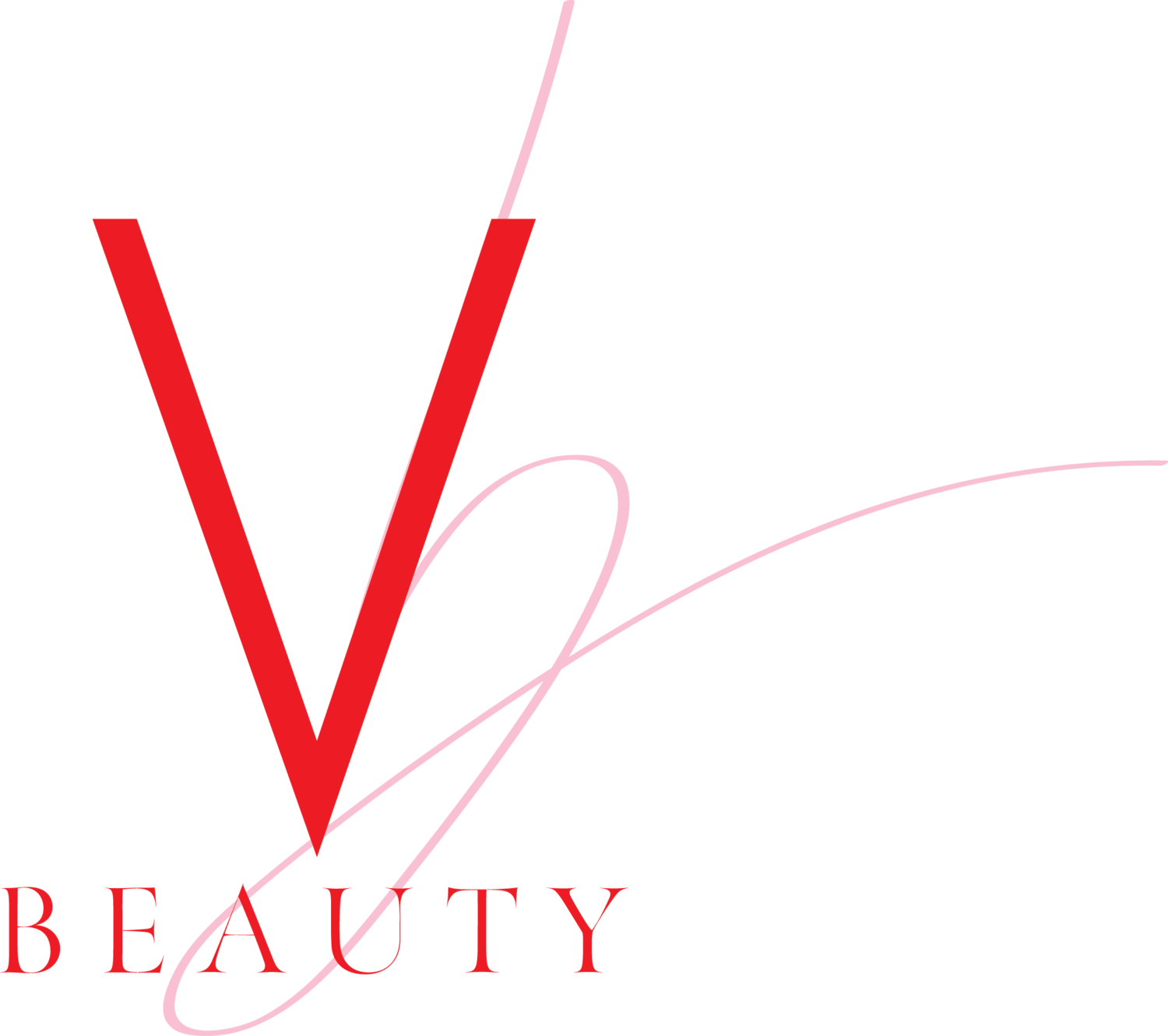How to Reduce Rosacea
Flushed, rosy, in the pink of health, are never compliments for anyone suffering with rosacea. This condition is characterised by red patches on the cheeks, nose and chin, and could be accompanied with red breakouts, open pores and dryness. I've had mild rosacea for years but over time I have managed to control my symptoms. It’s one of the skin problems that never really goes away, but can be managed with a holistic approach. Here are my steps to identifying and controlling the problem. Still, while you follow these steps, it may also be prudent to approach a dermatologist, especially if your condition is severe.
Is it just rosacea?
Most of the times it comes with sebhorreic dermatitis or psorasis. If you have skin that gets dry and flaky in patches you may have one of these conditions. If you do, then a visit to a dermatologist is essential, because just using a prescribed medicated shampoo could be the solution to your woes. This is because the dermatitis could cause dandruff, which in turn could be the reason behind those tiny bumps and flareups on the periphery of your face.
What face wash are you using?
If you’re using a face ‘wash’ then that’s mistake number one. Any soapy, sudsy face cleanser is too harsh and will increase the redness on your face. Choose non-scented, alcohol and soap-free face cleansers. I like pure oils to clean my face but even cleansing balms, milks, or gentle cleansers work wonderfully. For me the Julisis Silver Wash Night worked beautifully. Find it on www.cultbeauty.co.uk.
Let your skin breathe
I like to go to bed a few nights in a week without anything on my face. I got one of the worst rosacea attacks after using a very luxurious and expensive night cream and oil, which was sent by the PR of the company. So after that experience I just wash my face with the Julisis Silver wash and go to bed without anything on my face a couple of times every week.
Are you stripping your barrier?
Large pores, redness, breakouts…its not unusual for many rosacea sufferers to misdiagnose thier condition as acne. Because of this we tend to use face washes, toners, AHAs, oil free moisturisers, just to get rid of the excess oil. But, on the contrary, we should be working towards building the skin’s barrier, instead of stripping it. So say yes to creamy cleansers, moisturisers and serums that contain lipids like the Clarins Double Serum, absolutely no double cleansing, no alcohol in your products, no cleansing tools, and exfoliation just once a week. Just remember, the more you thin and strip your skin, the more obvious your rosacea will be. And yes, absolutely no home remedies like lemon, papaya, tomato, or any other fruits on your face. However, aloe vera is wonderful!
Food and stuff
Instead of acidic foods, go for more alkaline additions in your diet. This would mean avoiding too much sugar, spice, grains and alcohol, and adding more fruit, steamed and raw veggies, water - basically all the good things. You can also pop 1,000mg vitamin C everyday with a couple of omega 3 soft gels to reduce inflammation from within.
Meditation
Developing a regular meditation practice doesn’t just benefit your mind, but your skin too. According to a 2012 research from the University of Sheffield from 900 participants across 22 studies indicates that techniques like relaxation sessions, meditation, and cognitive behavior therapy could help people suffering from psoriasis, eczema, acne and vitiligo. Personally I’ve found that my skin is much calmer after beginning my yoga journey. Perhaps all skin disorders do start in the mind, because in my experience inner peace just reflects on your face as calm, radiant skin.

